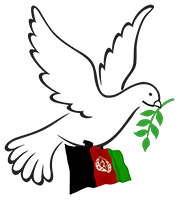According to a report by (UN-Habitat), the dramatic decline in Kabul’s water levels has put nearly six million people at risk of water scarcity.
Afghanistan’s capital, Kabul, is currently grappling with one of the most critical water crises in its history.
According to data, water levels in many central and western parts of Kabul have dropped significantly, severely affecting the lives of millions of residents.
Mohammad Agha, a Kabul resident, said: “Everything depends on water. Without it, life becomes extremely difficult. If these petrol stations stop giving water, people will die of hunger and thirst.”
Another resident, Najibullah, added: “Children and women wander day and night with buckets, but there’s no water. A woman came and said she hadn’t performed ablution today because there’s not even enough water for that.”
According to a report by the United Nations Human Settlements Programme (UN-Habitat), the dramatic decline in Kabul’s water levels has put nearly six million people at risk of water scarcity.
The agency described the crisis as “unprecedented,” emphasizing the need for large-scale investment, stronger cooperation, and increased public awareness on water use and management to confront the issue.
Meanwhile, residents are urging the Islamic Emirate of Afghanistan to address their concerns by expanding water supply networks and digging deeper wells.
Mohammad Naseem, another Kabul resident, said: “If these petrol stations don’t give us water, no one else will. Our children go to the neighbors, but they get beaten and told they won’t be given water. We ask the Islamic Emirate to drill wells for us so we can have our own water and access it day and night.”
Despite the growing concern among Kabul’s population, officials from the Islamic Emirate have repeatedly promised to resolve the issue, but no concrete action has yet been taken.
 Afghanistan Peace Campaign
Afghanistan Peace Campaign